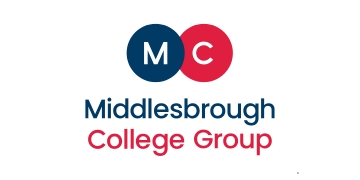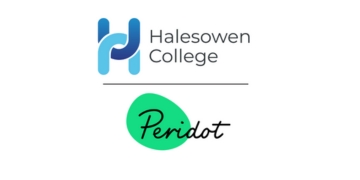We know that feedback is central to pupil learning. Learning is a journey, and feedback informs the learner about the progress they are making on their current journey; it is a tool to help them decide on their next steps.
It should be obvious then that feedback is not just for pupils; there’s clear potential in its use for teachers too. But just as feedback for pupils must be carefully calibrated, so too must feedback for teachers. So what are the pitfalls feedback as a professional development tool?
In our work, we rely on the potential of feedback for teachers’ professional learning. Indeed, we have previously written in these pages about the importance of teachers’ learning and key considerations for planning for it.
However, just because teachers are trained to give feedback to their students doesn’t automatically mean that they are better than anyone else at receiving it. And yet, it is a crucial part of their formation and development as classroom practitioners that they should receive feedback about their teaching.
Of course, there are different sources of feedback for teachers, much of which is not necessarily presented in the context of formal professional learning: students, colleagues, school leaders, or even self-reflection.
These different sources of feedback are an important pitfall, and not just because it might not always be made or received constructively. At a more basic level, feedback from diverse perspectives may actually yield very different indications! What is perceived by students or observers in lessons may be quite different from what teachers themselves perceive.
A recent study compared the scores of teaching quality from hundreds of teachers with those given by thousands of their pupils. Teachers self-assessed their teacher-student relationship category more favourably than their pupils, while their self-assessment of performance monitoring was graded with a lower score than the one given by their pupils.
In short, there were aspects of teaching where the feedback from pupils was different from teachers’ self-assessment. The perspectives of teachers and students about what “good teaching” is do not always match!
Differing perspectives can allow teachers to triangulate information
Yes, this disagreement can feel daunting to reconcile, but as a form of feedback it can be quite powerful. With guidance, differing perspectives can allow teachers to triangulate information—that is, to build a more in-depth, detailed picture of what is most likely true by identifying shared points (much like how a teacher may compare a range of assessments to draw conclusions about students’ learning).
As is the case with many challenges, there’s both a pitfall and potential involved!
Despite its importance for teachers’ learning, as Rob Nash recently pointed out, teachers do not always engage with feedback. Teachers may not understand the feedback or may not be willing to or know how to act on it. Ignoring feedback is in fact quite common; but it’s only when we act on our feedback that we can improve.
So how can school leaders and teachers respond to these pitfalls and ensure the potential?
First, teachers and school leaders can collaborate to improve how feedback is used in their school for teachers’ learning. School leadership can support a culture which is open to change and failure. It is essential to build an ethos where feedback is seen as an opportunity for professional development and not a threat.
For their part, teachers also need to understand how feedback can be used, but also its inherent challenges. It’s important that they feel empowered to draw from the range of feedback tools at their disposal (e.g., student surveys, peer observations, self-assessment, etc.). And they need time reserved to consider the feedback they’ve received and act on it.
Ultimately, feedback provides teachers with information they can use on their own learning journey. But it’s important that it is the teachers themselves who have the agency to use this feedback to decide on their next steps or next learning goal.
When this becomes a habitual component of professional development, we know that a teacher’s professional learning leads to improved student outcomes.













Your thoughts